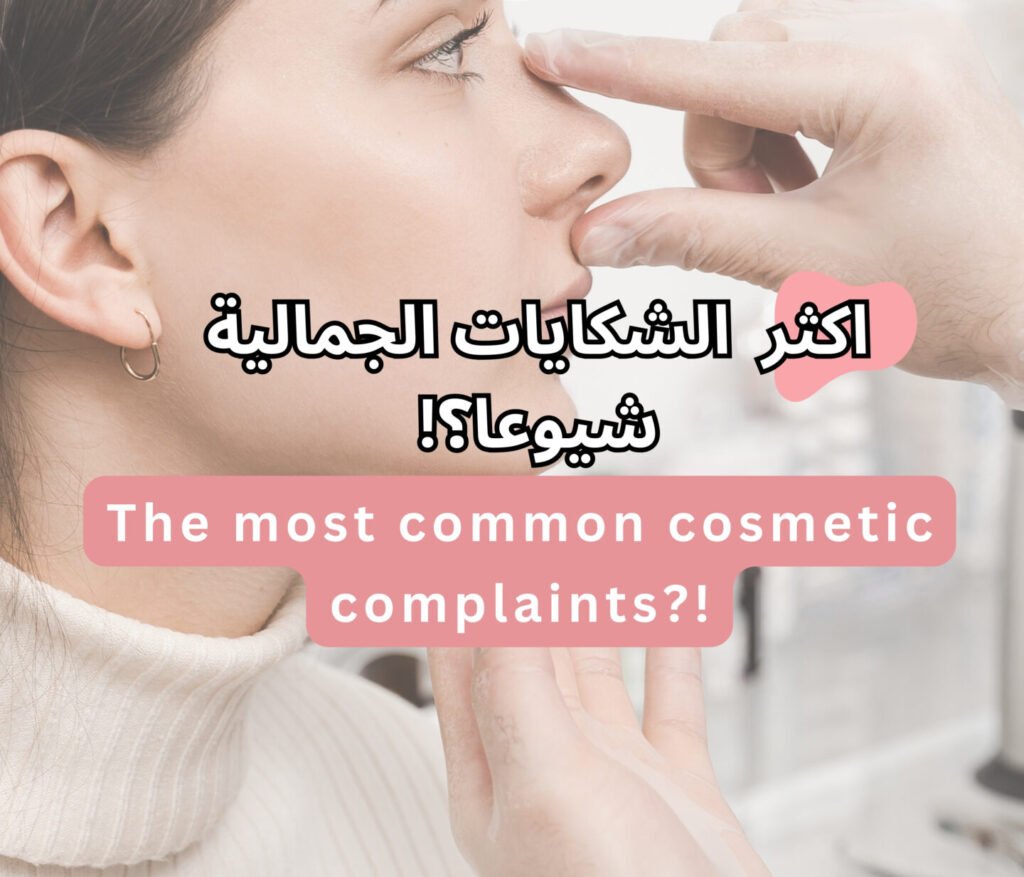
The Most Common Aesthetic Complaints in Rhinoplasty
Nasal Hump: A Common Aesthetic Concern
A nasal hump is one of the most frequent reasons patients seek rhinoplasty. This noticeable bump on the bridge of the nose is usually made of both bone and cartilage and can greatly affect the overall facial profile. Nasal humps may be inherited genetically or develop after nasal trauma or injury. Regardless of the cause, having a nasal hump often causes dissatisfaction with one’s appearance and can impact self-confidence.
The psychological effect of a nasal hump should not be overlooked. Many patients feel self-conscious, especially in social situations, where the nasal bump may draw unwanted attention. This can lead to lowered self-esteem and even affect social interactions and quality of life.
Surgical correction is the definitive treatment for nasal humps. Techniques such as rasping (smoothing the bump with a surgical file) and osteotomy (controlled breaking and repositioning of nasal bones) are used by expert ENT specialists and rhinoplasty surgeons. These precise methods help achieve a smoother, more natural nasal contour while maintaining nasal function.
Recovery involves some swelling and bruising for a few weeks, with most patients resuming normal activities shortly after. Full healing and the final nasal shape may take several months. Like all surgeries, there are risks such as infection or asymmetry, which should be discussed thoroughly with the best rhinoplasty surgeon in Dubai to ensure a safe and informed procedure.
Nasal Tip Concerns: Refining the Nose’s Final Shape
Nasal tip deformities are another common issue addressed during rhinoplasty. These concerns can take many forms, including:
- Bulbous tip: Rounded and enlarged due to thick skin or wide cartilage
- Droopy tip: Points downward, often due to weak cartilage or aging
- Pinched tip: Narrow and over-refined, sometimes caused by previous surgeries
- Asymmetric tip: Uneven sides resulting from trauma or uneven cartilage growth
These deformities can stem from genetics, prior nasal surgeries, injuries, or natural aging. For example, a poorly performed rhinoplasty may result in a pinched tip, while trauma can cause asymmetry. Understanding the cause is key to planning the right surgical approach.
Nasal tip shape heavily influences facial harmony. A bulbous or droopy tip can disrupt the balance of the face, while a well-shaped, defined tip enhances overall facial symmetry and attractiveness.
Surgical Solutions for Nasal Tip Issues
Experienced rhinoplasty surgeons use various techniques tailored to each patient’s anatomy and aesthetic goals:
- Tip refinement: Reshaping cartilage with sutures to create a defined, natural contour
- Cartilage grafting: Adding support or volume to weak or droopy tips to restore shape and function
These procedures not only improve appearance but also ensure that nasal breathing remains optimal.
Recovery and Choosing the Best Surgeon
Healing after nasal tip surgery involves initial swelling and bruising that usually improves within weeks, though final results take several months to appear. Possible risks include infection, asymmetry, or nasal function changes, so choosing a highly skilled ENT or rhinoplasty surgeon is crucial.
In Dubai, the best rhinoplasty surgeons combine artistic skill with functional expertise to deliver outstanding results, helping patients achieve a balanced, natural look while preserving or improving nasal airflow.
If you are concerned about a nasal hump or nasal tip issues, consult the best ENT specialists in Dubai for expert advice and personalized treatment plans to enhance both your appearance and nasal function.